Transportation
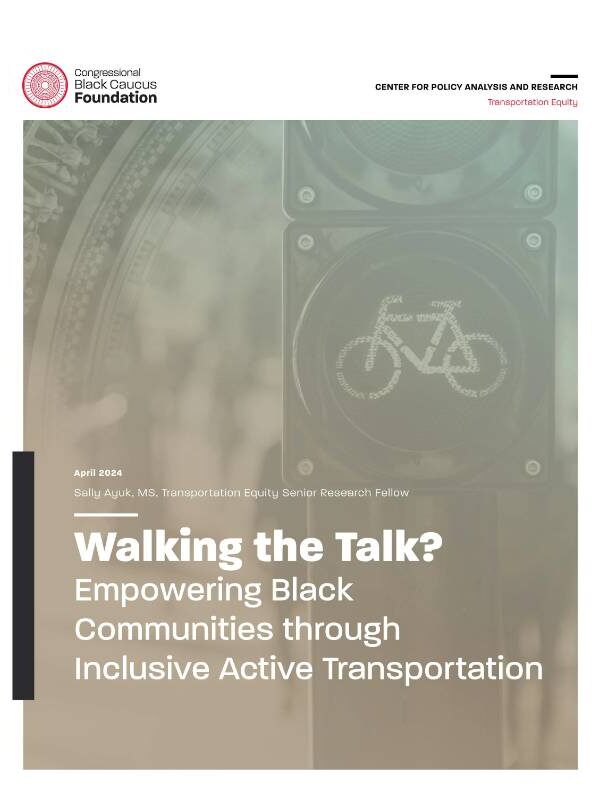
Walking the Talk: Empowering Black Communities Through Inclusive Active Transportation
This research brief reveals sidewalk quality differences and broader problems in implementing equitable sidewalk infrastructure across various areas. It stresses the importance of accessible active transportation networks for social inclusion and equity and gives policy solutions for underprivileged communities. The brief urges urban and community planners, elected officials, local and regional governments, and advocates to prioritize pedestrians to improve transportation networks, particularly in Black neighborhoods.
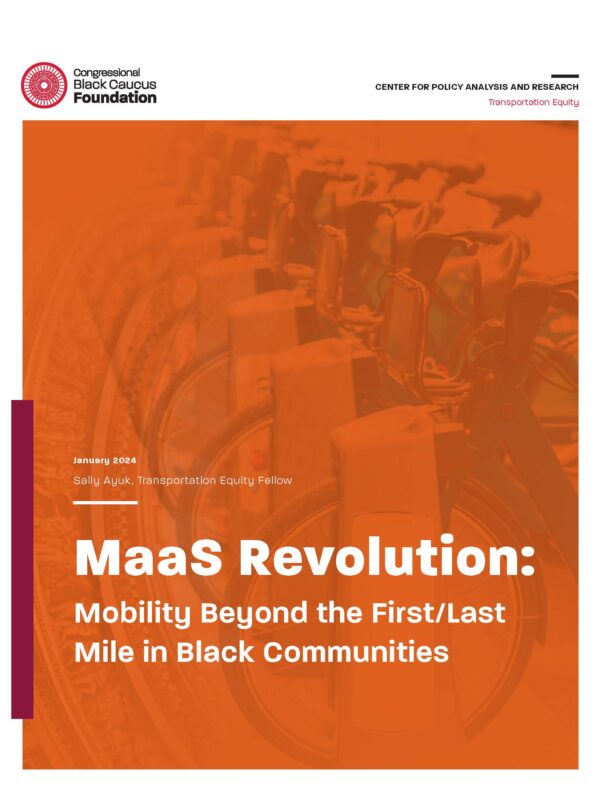
MaaS Revolution: Mobility Beyond the First/Last Mile in Black Communities
Public transportation agencies in the United States are exploring new Mobility as a Services (MaaS) models to supplement traditional services, yet transportation disparities persist in Black communities and disproportionately impact access. This publication highlights the effects of historical red lining practices and offers policy recommendations to keep Black communities in mind.
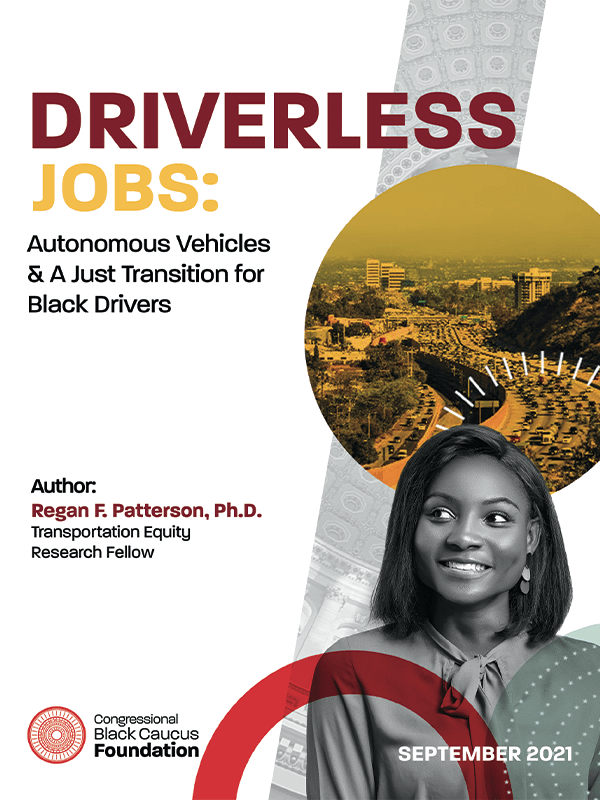
Driverless Jobs: Autonomous Vehicles & A Just Transition for Black Drivers
This report highlights the significant relationship between the transportation sector and Black labor and the disproportionate economic impact of autonomous vehicles on African Americans.
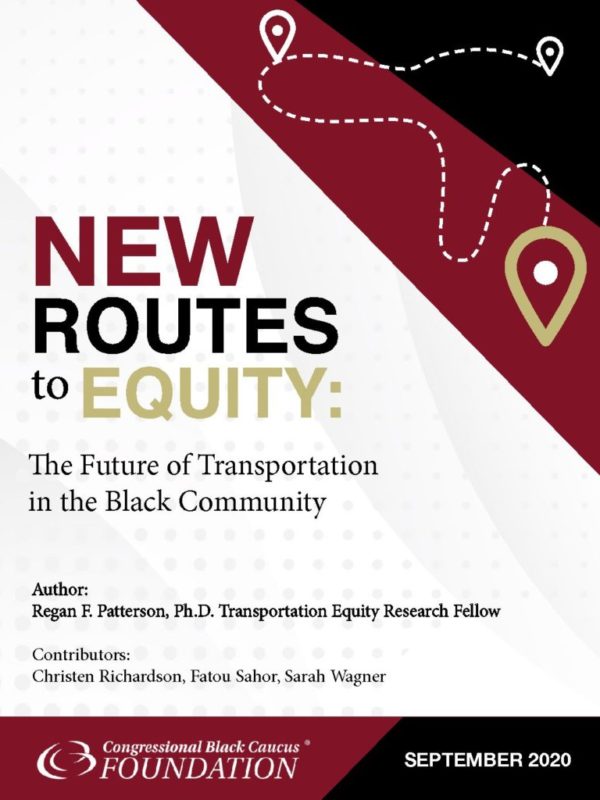
New Routes to Equity: The Future of Transportation in the Black Community
This report highlights on-going challenges affecting African Americans in the transportation system and provides policy recommendations for how shared mobility, electric vehicles, and autonomous vehicles can equitably serve the Black […]
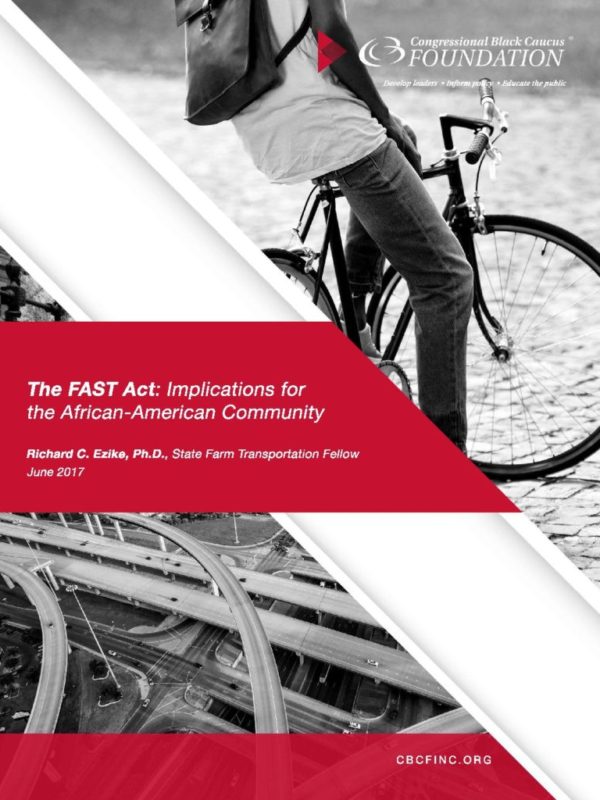
The FAST Act: Implications for the African-American Community
The Fixing America’s Surface Transportation Act (FAST Act) was signed into law in December 2015 by President Barack Obama. The bill provides $305 billion over five years (2016 – 2020) […]
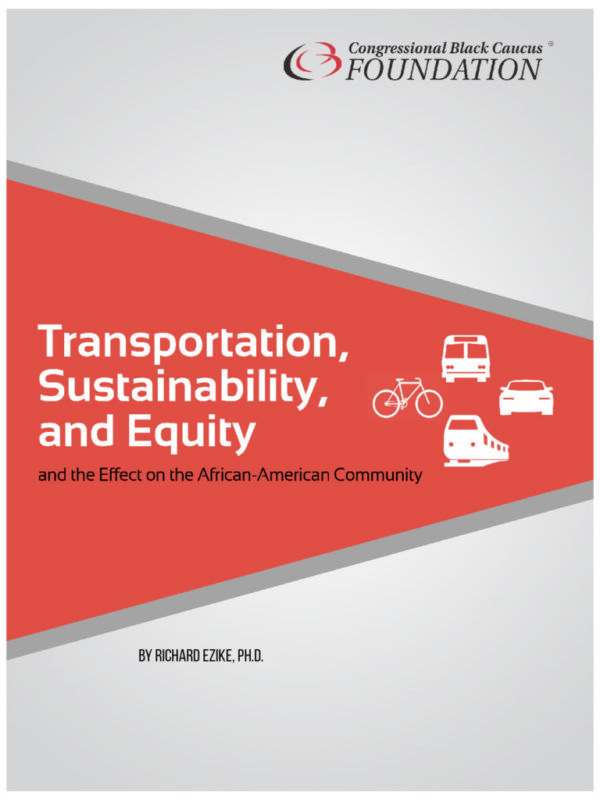
Transportation, Sustainability, and Equity, and the Effect on the African-American Community
Transportation in the United States has historically favored middle-class and affluent neighborhoods at the expense of disadvantaged communities, resulting in skewed patterns of infrastructure development in metropolitan areas across the […]